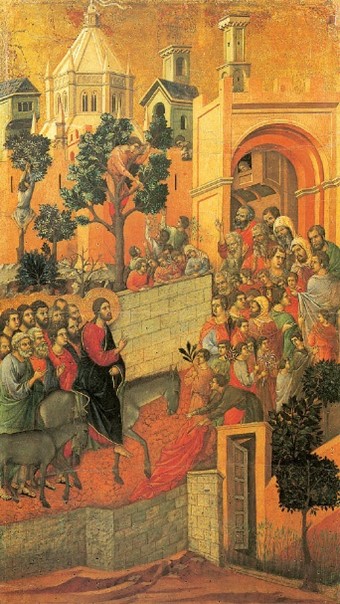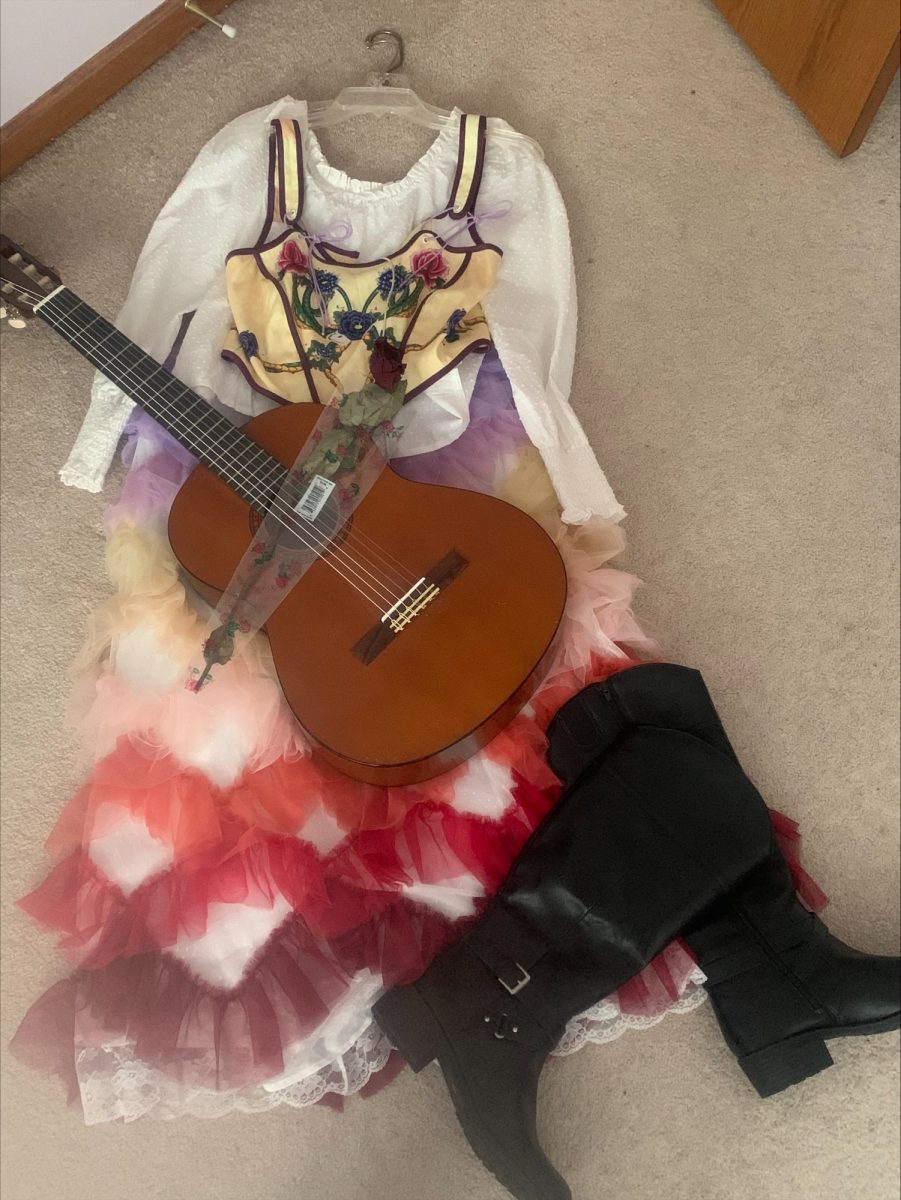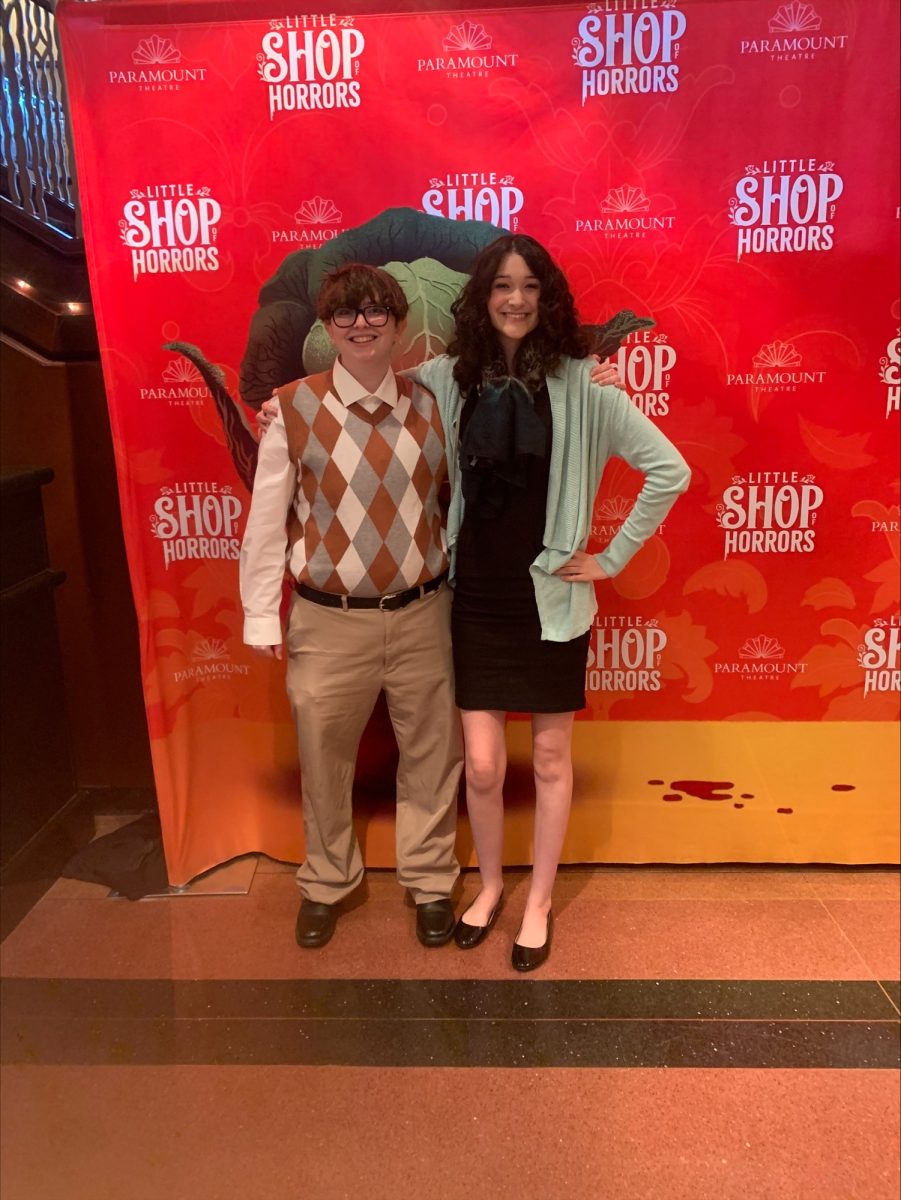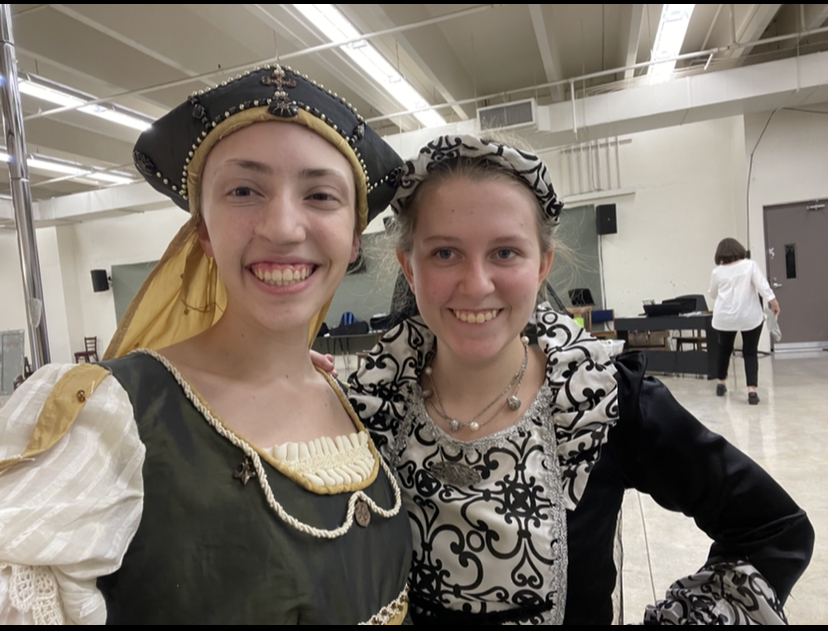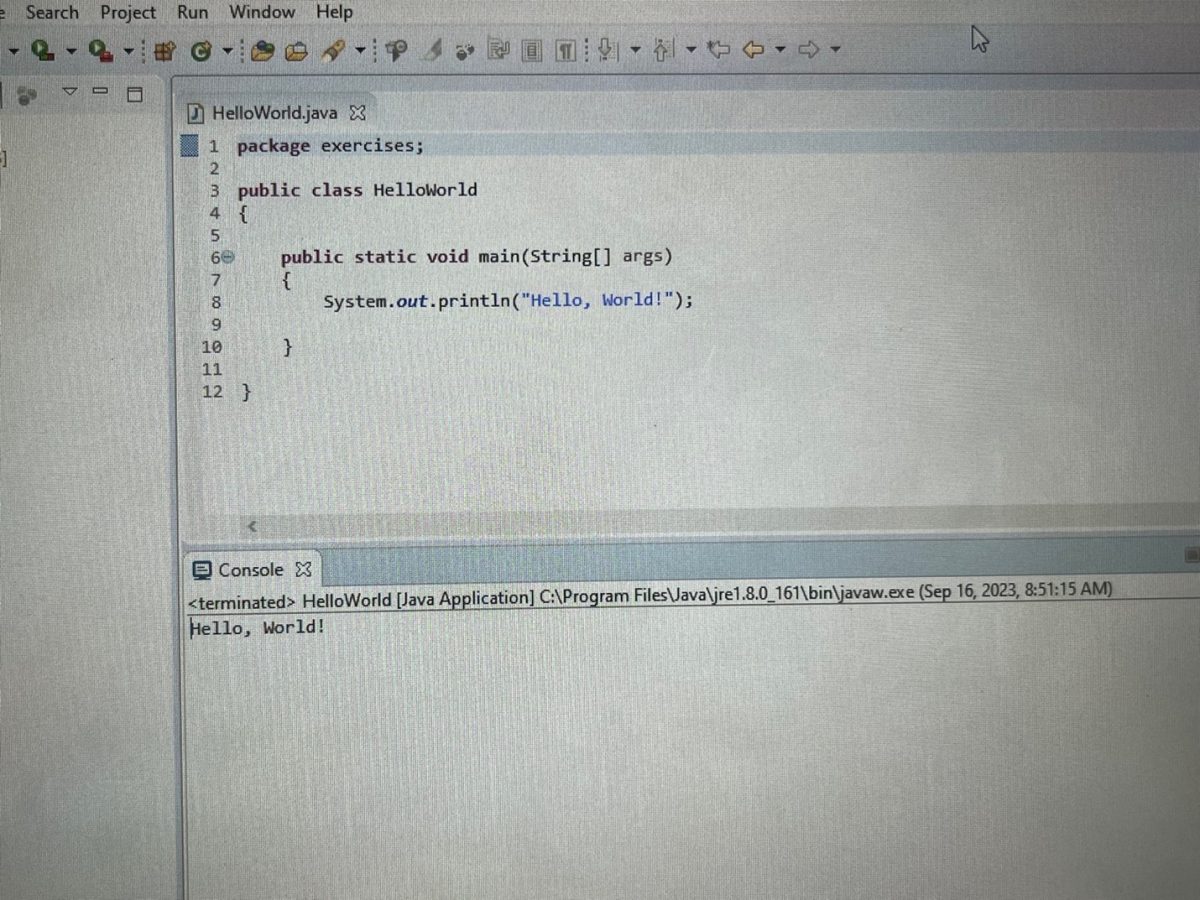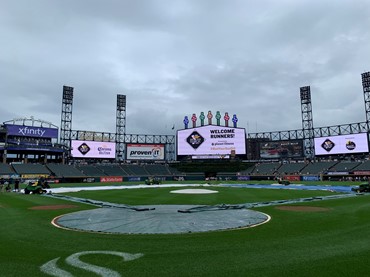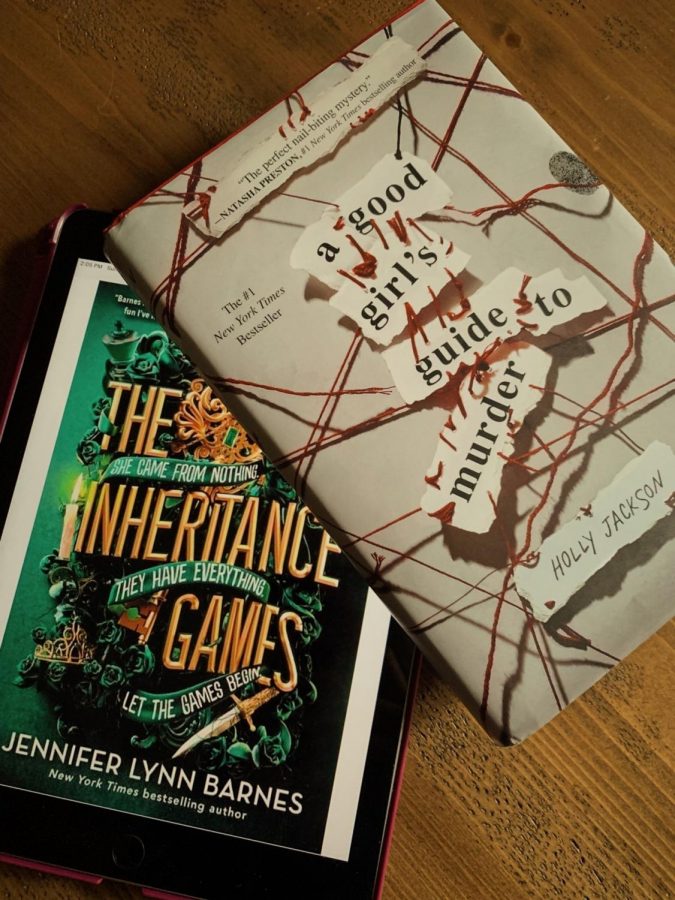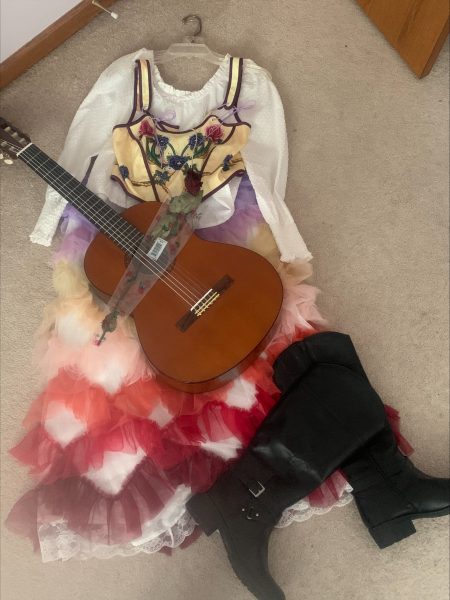Boscoreale and the Villa of P. Fannius Synistor in Ancient Rome
October 12, 2022
Many villas, particularly from the ancient Roman civilization have survived, either in fragments or whole, into the modern world. Specifically, a city named Boscoreale, about a mile from Pompeii, was renowned for holding numerous country villas during classical times. This destination was where some of the most vital wall paintings to modern research derive from. The specific building, better known as the Villa of P. Fannius Synistor, after one of its owners, was assembled in the middle to later first century B.C. The eruption of Vesuvius in 79 A.D. left the villa buried until the early 1900s when it was discovered with its majestic frescoes. It is a country home, a villa rustica, that only partially functioned as a farmhouse, pars rustica. The bulk of the residence served as a home for the owner, who was a member of the wealthy Roman citizens who owned property that was extremely homogeneous to each other, which was utilized as country homes. The frescoes were completed around 41 to 30 B.C. to please the affluent owner. Because the decoration was not replaced by a more modernized variation at any period, it makes it clear that the quality of the frescoes was respected in antiquity. The paintings which survived after, currently housed in The Metropolitan Museum of Art in New York,



